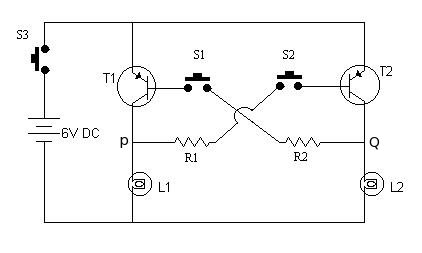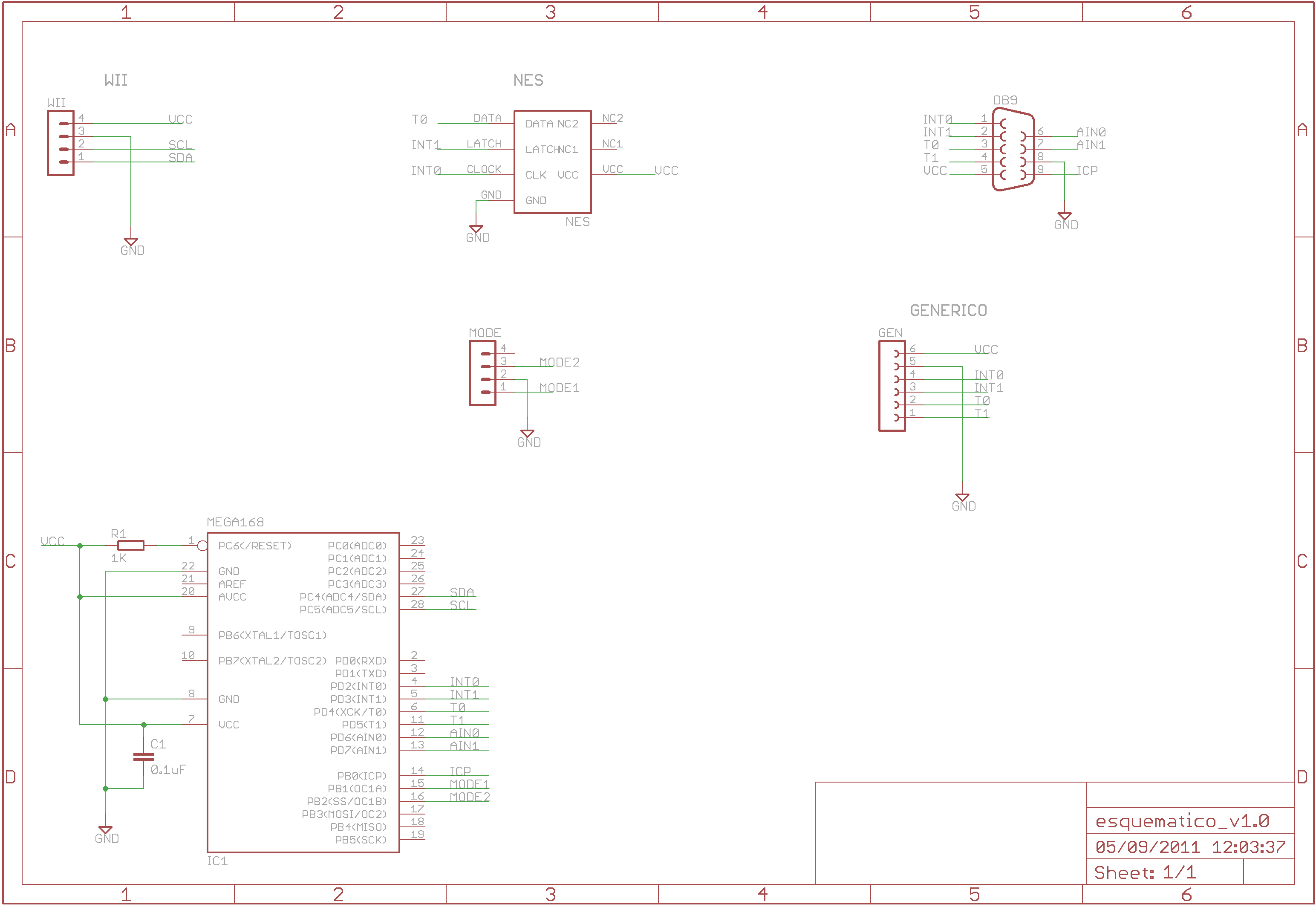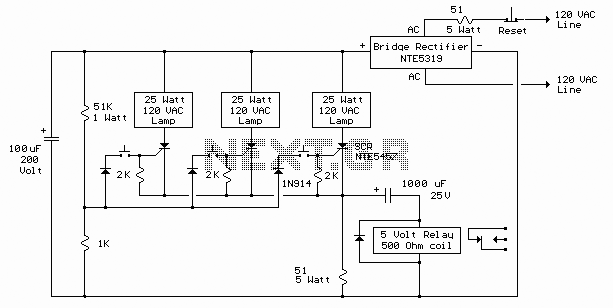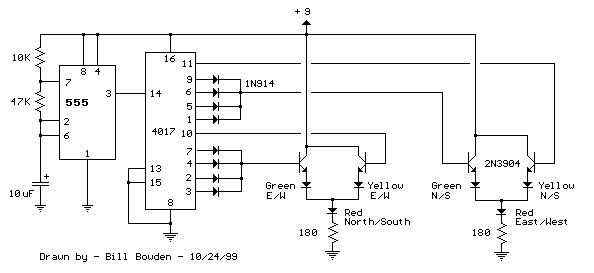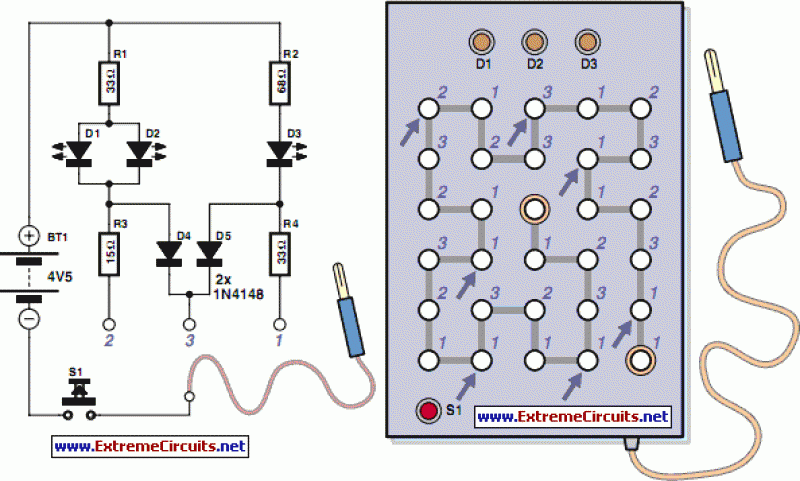
VCR Pong game
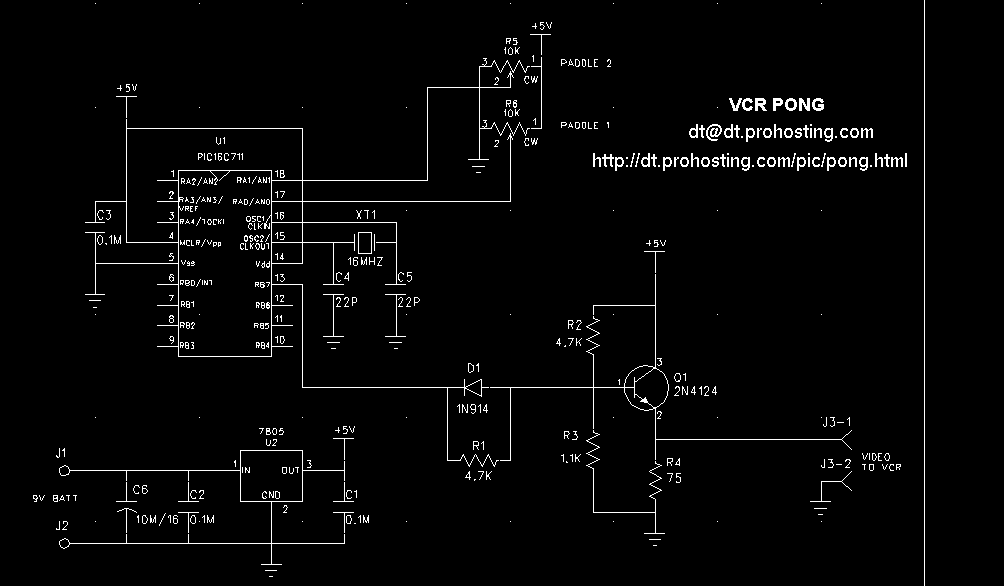
The most amazing thing about this project is the small number of parts. My boss joked that it involves 17 cents worth of parts and 1000 dollars worth of programming. But don't worry -- the code is free to you! That means you can build this TV pong game in a very short time, or adapt the generic "video engine" portion of the program to make your own video-from-a-PIC project. More: At the heart of the circuit is a cute one-transistor driver circuit that generates the NTSC voltages for white (1v), black (.3v) and sync (0v), depending on whether the PIC pin is driven high, low, or allowed to float.
The described project is a simple yet effective implementation of a TV pong game utilizing a minimalistic approach in terms of components. The primary component is a one-transistor driver circuit, which is essential for generating the necessary NTSC video signals. This circuit operates by manipulating the output from a PIC microcontroller, which is programmed to control the state of the transistor.
The transistor acts as a switch that toggles between three voltage levels corresponding to the NTSC standard: 1 volt for the white pixels, 0.3 volts for the black pixels, and 0 volts for the synchronization signals. When the PIC pin is set to high, the transistor allows the voltage to reach 1 volt, creating a white pixel on the screen. Conversely, when the pin is set to low, the output drops to 0.3 volts, displaying a black pixel. If the pin is floating, the output is 0 volts, which sends a sync signal necessary for the proper timing and synchronization of the video display.
The simplicity of this design allows for rapid prototyping and adaptation. The accompanying code, which is available for free, serves as a foundation that can be modified to create various video projects based on the PIC microcontroller platform. This flexibility enables hobbyists and engineers alike to experiment with and expand upon the original concept, making it a valuable educational tool for understanding both video signal generation and microcontroller programming. The overall design emphasizes efficiency and cost-effectiveness, making it accessible for those looking to delve into video electronics without extensive investment in components.The most amazing thing about this project is the small number of parts. My boss joked that it involves 17 cents worth of parts and 1000 dollars worth of programming. But don`t worry -- the code is free to you! That means you can build this TV pong game in a very short time, or adapt the generic "video engine" portion of the program to make your own video-from-a-PIC project. At the heart of the circuit is a cute one-transistor driver circuit that generates the NTSC voltages for white (1v), black (.3v) and sync (0v), depending on whether the PIC pin is driven high, low, or allowed to float. With careful programming, I was able 🔗 External reference
The described project is a simple yet effective implementation of a TV pong game utilizing a minimalistic approach in terms of components. The primary component is a one-transistor driver circuit, which is essential for generating the necessary NTSC video signals. This circuit operates by manipulating the output from a PIC microcontroller, which is programmed to control the state of the transistor.
The transistor acts as a switch that toggles between three voltage levels corresponding to the NTSC standard: 1 volt for the white pixels, 0.3 volts for the black pixels, and 0 volts for the synchronization signals. When the PIC pin is set to high, the transistor allows the voltage to reach 1 volt, creating a white pixel on the screen. Conversely, when the pin is set to low, the output drops to 0.3 volts, displaying a black pixel. If the pin is floating, the output is 0 volts, which sends a sync signal necessary for the proper timing and synchronization of the video display.
The simplicity of this design allows for rapid prototyping and adaptation. The accompanying code, which is available for free, serves as a foundation that can be modified to create various video projects based on the PIC microcontroller platform. This flexibility enables hobbyists and engineers alike to experiment with and expand upon the original concept, making it a valuable educational tool for understanding both video signal generation and microcontroller programming. The overall design emphasizes efficiency and cost-effectiveness, making it accessible for those looking to delve into video electronics without extensive investment in components.The most amazing thing about this project is the small number of parts. My boss joked that it involves 17 cents worth of parts and 1000 dollars worth of programming. But don`t worry -- the code is free to you! That means you can build this TV pong game in a very short time, or adapt the generic "video engine" portion of the program to make your own video-from-a-PIC project. At the heart of the circuit is a cute one-transistor driver circuit that generates the NTSC voltages for white (1v), black (.3v) and sync (0v), depending on whether the PIC pin is driven high, low, or allowed to float. With careful programming, I was able 🔗 External reference

